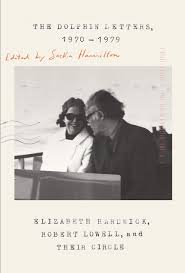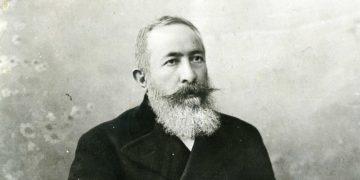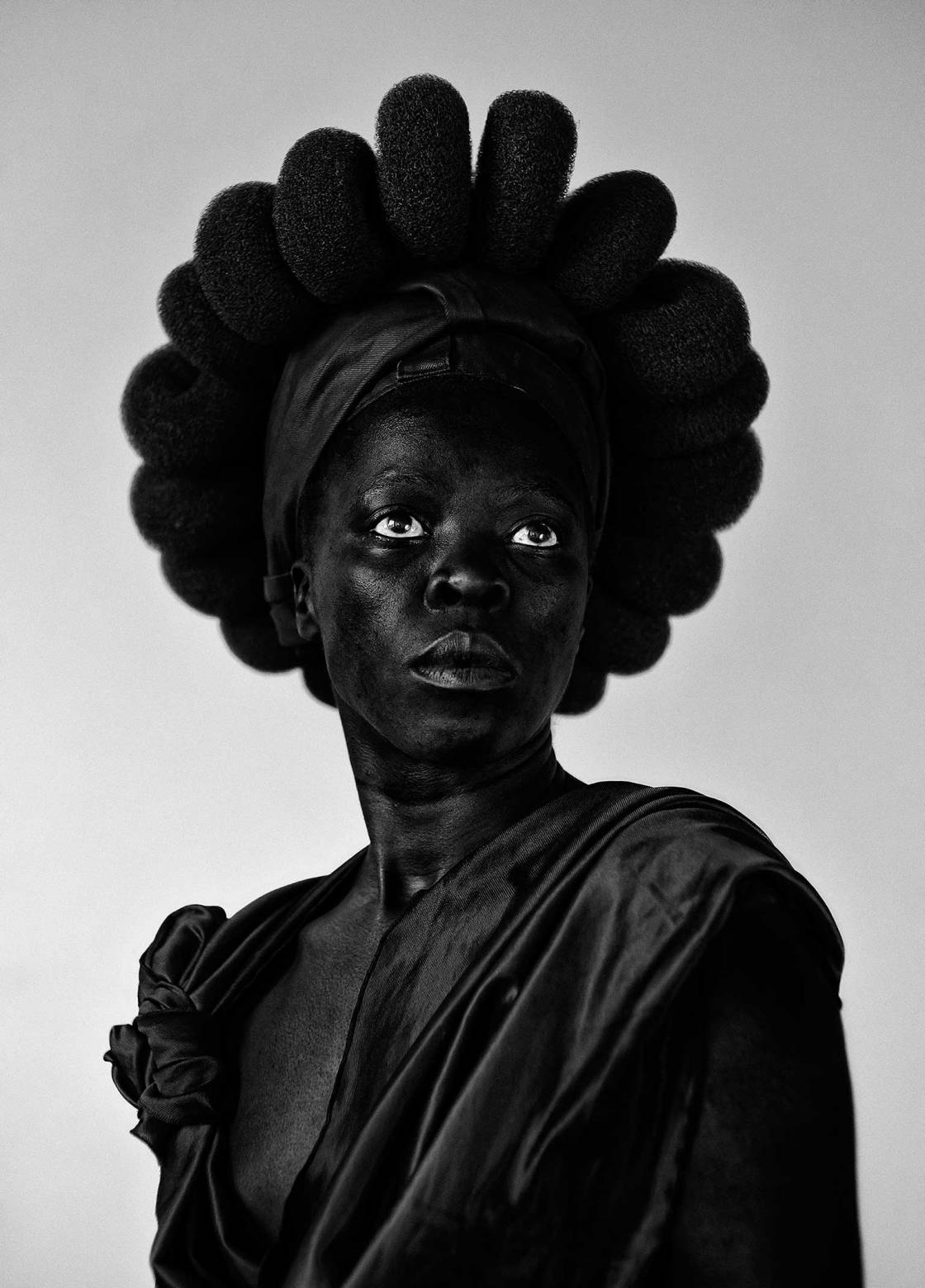by Michael Liss
The rights and interests of the laboring man will be protected and cared for, not by the labor agitators, but by the Christian men to whom God in His infinite wisdom has given control of the property interests of the country, and upon the successful Management of which so much depends. —George Baer, President of the Philadelphia and Reading Railroad, during the Coal Strike of 1902.

Whenever I read yet another article about intramural warfare in the Democratic Party over which candidate will be progressive enough for the Progressive wing, I think about that quote.
Know your enemy, know yourself. Do contemporary Progressive politicians really know either? The “old” Progressivism, which reached its zenith in the period between 1896 to 1916, was primarily a social and political reform movement. Faced with the excesses of the unbridled capitalism of the Gilded Age that had preceded it, it did not look first toward redistribution. Rather, it took aim at the pervasive rot that was created as immense wealth was being made in businesses like mining, railroads, shipping, steel, meatpacking, and finance, often at the expense of the working man, the farmer, and the small businessman. From this, it drew its moral force.
We should acknowledge that those fortunes were the product of the efforts of real visionaries, larger-than-life figures like Vanderbilt, Jay Gould, James J. Hill, the Armour and Swift families, J.P. Morgan, Rockefeller, and Carnegie. Talent aside, though, their successes were enhanced by the sharpest, most predatory tactics, of the type described in Ida Tarbell’s The History of The Standard Oil Company, a 19 part series in McClure’s Magazine, which chronicled the rise of Standard Oil. Business was not for the faint of heart, and the most successful businessmen were monopolists who went from strength to strength, squeezing every competitor, and every last dollar, out of every transaction.
No matter how entrepreneurial the businessman, no matter how rich the oilfield, no matter how coldly efficient the operator, it couldn’t have been done without grease. Corruption was literally everywhere. Read more »
 ‘Sometimes I think I am the enemy of womankind,’ Lowell told Hardwick. He hurt all three of his wives grievously, but he believed in their greatness as writers, enriched them creatively and improved their sense of self-worth. He gave the first, Jean Stafford, lifelong facial disfigurement after crashing the car they were in while drunk at the wheel, and later broke her nose during a drunken row in New Orleans. He also encouraged her during the writing of her first novel, Boston Adventure, which sold over 400,000 copies following its publication in 1944. The novel that Hardwick wrote after marrying Lowell, The Simple Truth, is a big improvement on its predecessor, and the novel she wrote as a response to The Dolphin after his death, Sleepless Nights, is her best. ‘Everything I know’, she attested, ‘I learned from him.’
‘Sometimes I think I am the enemy of womankind,’ Lowell told Hardwick. He hurt all three of his wives grievously, but he believed in their greatness as writers, enriched them creatively and improved their sense of self-worth. He gave the first, Jean Stafford, lifelong facial disfigurement after crashing the car they were in while drunk at the wheel, and later broke her nose during a drunken row in New Orleans. He also encouraged her during the writing of her first novel, Boston Adventure, which sold over 400,000 copies following its publication in 1944. The novel that Hardwick wrote after marrying Lowell, The Simple Truth, is a big improvement on its predecessor, and the novel she wrote as a response to The Dolphin after his death, Sleepless Nights, is her best. ‘Everything I know’, she attested, ‘I learned from him.’
 During the 19th and 20th centuries, Black women played an active role in the struggle for universal suffrage. They participated in political meetings and organized political societies. African American women attended political conventions at their local churches where they planned strategies to gain the right to vote. In the late 1800s, more Black women worked for churches, newspapers, secondary schools, and colleges, which gave them a larger platform to promote their ideas.
During the 19th and 20th centuries, Black women played an active role in the struggle for universal suffrage. They participated in political meetings and organized political societies. African American women attended political conventions at their local churches where they planned strategies to gain the right to vote. In the late 1800s, more Black women worked for churches, newspapers, secondary schools, and colleges, which gave them a larger platform to promote their ideas. THE ERASURE OF the Palestinians on display this week as President Donald Trump and Israeli Prime Minister Benjamin Netanyahu unveiled a one-sided “
THE ERASURE OF the Palestinians on display this week as President Donald Trump and Israeli Prime Minister Benjamin Netanyahu unveiled a one-sided “ While some details of the mechanisms of splicing remain to be worked out, it’s known that mature, edited mRNAs result from an interplay between multiple factors within and outside the transcript itself. Among these is the spliceosome, the machinery that carries out the splicing. Each splicing event requires three components: the splice donor, a GU nucleotide sequence at one end of the intron; a splice acceptor, an AG nucleotide sequence at the opposite end; and a branch point, an A approximately 20–40 nucleotides away from the splice acceptor. These three “splice sites” are recognized by two core small nuclear RNAs (snRNAs) of the spliceosome, U1 and U2, followed by a protein, U2AF. The binding of these molecules to a transcript recruits a complex of three more snRNAs—U4, U5, and U6—which facilitates the splicing reaction. A variety of factors affect how transcripts from a particular gene are spliced. Exon recognition by the spliceosome can be influenced by RNA binding proteins (RBPs), which bind to enhancer and silencer motifs within the mRNA and help or hinder spliceosome recognition of the splice sites. And because pre-mRNAs are frequently spliced as they’re transcribed, the speed of transcription by RNA polymerase II further tunes the window of opportunity for splice site recognition by the spliceosome.
While some details of the mechanisms of splicing remain to be worked out, it’s known that mature, edited mRNAs result from an interplay between multiple factors within and outside the transcript itself. Among these is the spliceosome, the machinery that carries out the splicing. Each splicing event requires three components: the splice donor, a GU nucleotide sequence at one end of the intron; a splice acceptor, an AG nucleotide sequence at the opposite end; and a branch point, an A approximately 20–40 nucleotides away from the splice acceptor. These three “splice sites” are recognized by two core small nuclear RNAs (snRNAs) of the spliceosome, U1 and U2, followed by a protein, U2AF. The binding of these molecules to a transcript recruits a complex of three more snRNAs—U4, U5, and U6—which facilitates the splicing reaction. A variety of factors affect how transcripts from a particular gene are spliced. Exon recognition by the spliceosome can be influenced by RNA binding proteins (RBPs), which bind to enhancer and silencer motifs within the mRNA and help or hinder spliceosome recognition of the splice sites. And because pre-mRNAs are frequently spliced as they’re transcribed, the speed of transcription by RNA polymerase II further tunes the window of opportunity for splice site recognition by the spliceosome. Jeremy Harris is a dark and stormy cocktail of Dave Chappelle, Augusto Boal, Boots Riley, and James Baldwin. The dark comedic energy that drives Slave Play, Harris’s provocative Broadway show about racism, sex, kinky fetishism, white supremacy, interracial relationships, slavery, the Antebellum South, post-colonialism, and psycho-sexual drama therapy, is the sort that makes you cry while laughing, tremble with anxiety, giggle from embarrassment, and question the sources of your own laughter. Slave Play riffs darkly on how black and white people in America live intimately together yet are essentially apart. Carrying the historical burdens of slavery and white supremacy into the 21st century, Harris shines a dark therapeutic light onto areas of our racial relations that are vibrating with pain and festering with pleasure.
Jeremy Harris is a dark and stormy cocktail of Dave Chappelle, Augusto Boal, Boots Riley, and James Baldwin. The dark comedic energy that drives Slave Play, Harris’s provocative Broadway show about racism, sex, kinky fetishism, white supremacy, interracial relationships, slavery, the Antebellum South, post-colonialism, and psycho-sexual drama therapy, is the sort that makes you cry while laughing, tremble with anxiety, giggle from embarrassment, and question the sources of your own laughter. Slave Play riffs darkly on how black and white people in America live intimately together yet are essentially apart. Carrying the historical burdens of slavery and white supremacy into the 21st century, Harris shines a dark therapeutic light onto areas of our racial relations that are vibrating with pain and festering with pleasure.
 Zanele Muholi. Ntozakhe II, Parktown, Johannesburg. 2016.
Zanele Muholi. Ntozakhe II, Parktown, Johannesburg. 2016. 
 Yesterday was James Joyce’s birthday. His one-hundred-and-thirty-seventh. Or would have been, if he hadn’t died, in Zurich, in January 1941, but were instead swelling the ranks of the current generation of supercentenarians, their increasing longevity bedeviling the demographics departments of local life insurers. Joyce is buried in Fluntern Cemetery on Mount Zurich, his grave marked by a wry-looking seated effigy, like a jocular, unaccommodated Lincoln Memorial; he is further commemorated in the eccentric orthography of the names of the city’s two rivers, the Limmat and the Sihl, in a plaque mounted on the point at which they diverge downstream from the Swiss National Museum, where the letter “i” in both names has been replaced with a “j”.
Yesterday was James Joyce’s birthday. His one-hundred-and-thirty-seventh. Or would have been, if he hadn’t died, in Zurich, in January 1941, but were instead swelling the ranks of the current generation of supercentenarians, their increasing longevity bedeviling the demographics departments of local life insurers. Joyce is buried in Fluntern Cemetery on Mount Zurich, his grave marked by a wry-looking seated effigy, like a jocular, unaccommodated Lincoln Memorial; he is further commemorated in the eccentric orthography of the names of the city’s two rivers, the Limmat and the Sihl, in a plaque mounted on the point at which they diverge downstream from the Swiss National Museum, where the letter “i” in both names has been replaced with a “j”.
 Banners waved, the converted preached and hawkers peddled hats, buttons, “Impeach This” sweatshirts and dodgy conspiracy theories. T
Banners waved, the converted preached and hawkers peddled hats, buttons, “Impeach This” sweatshirts and dodgy conspiracy theories. T Welcome to Des Moines, where unmarked satellite trucks troll snowy streets, coffee houses and hotel lobbies are broadcast-ready, and legions of reporters and crew and a few political tourists have swept up and besieged an entire town.
Welcome to Des Moines, where unmarked satellite trucks troll snowy streets, coffee houses and hotel lobbies are broadcast-ready, and legions of reporters and crew and a few political tourists have swept up and besieged an entire town. 
 First off, let me just get this out of the way: we share too much data about ourselves knowingly with companies and they collect, use and share even more than most of us are aware of (read through those lengthy privacy notices recently?). And unless you live in Europe with its pretty extensive GDPR rules, or
First off, let me just get this out of the way: we share too much data about ourselves knowingly with companies and they collect, use and share even more than most of us are aware of (read through those lengthy privacy notices recently?). And unless you live in Europe with its pretty extensive GDPR rules, or  Another not-necessarily-the-best-of-the-year mix, but there do seem to be a number of 2019 releases. Warning: this one’s pretty drony, so don’t be driving or anything. Sequencers next time, I promise! (A few anyway.)
Another not-necessarily-the-best-of-the-year mix, but there do seem to be a number of 2019 releases. Warning: this one’s pretty drony, so don’t be driving or anything. Sequencers next time, I promise! (A few anyway.)
 You’ve been an on-again, off-again working band for a decade. During that period there have been numerous breakups and seemingly endless lineup changes. Then, after years of grinding and uncertainty, you finally hit it big in 1975. You earned it.
You’ve been an on-again, off-again working band for a decade. During that period there have been numerous breakups and seemingly endless lineup changes. Then, after years of grinding and uncertainty, you finally hit it big in 1975. You earned it. In this essay, I discuss Dennett’s From Bacteria to Bach and Back: The Evolution of Minds (hereafter From Bacteria) and Godfrey Smith’s Other Minds: The Octopus and The Evolution of Intelligent Life (hereafter Other Minds) from a methodological perspective. I show that these both instantiate what I call ‘synthetic philosophy.’ They are both Darwinian philosophers of science who draw on each other’s work (with considerable mutual admiration). In what follows I first elaborate on synthetic philosophy in light of From Bacteria and Other Minds; I also explain my reasons for introducing the term; I look at the function of Darwinism in contemporary synthetic philosophy; and I close by analyzing the sociological challenges to synthetic philosophy.
In this essay, I discuss Dennett’s From Bacteria to Bach and Back: The Evolution of Minds (hereafter From Bacteria) and Godfrey Smith’s Other Minds: The Octopus and The Evolution of Intelligent Life (hereafter Other Minds) from a methodological perspective. I show that these both instantiate what I call ‘synthetic philosophy.’ They are both Darwinian philosophers of science who draw on each other’s work (with considerable mutual admiration). In what follows I first elaborate on synthetic philosophy in light of From Bacteria and Other Minds; I also explain my reasons for introducing the term; I look at the function of Darwinism in contemporary synthetic philosophy; and I close by analyzing the sociological challenges to synthetic philosophy.